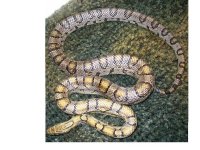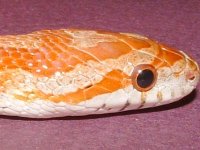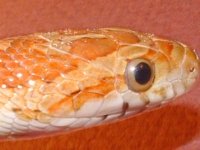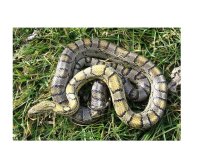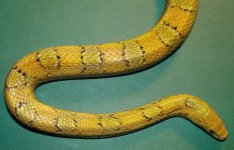Thanks Joe. . .Once again!!!
Thanks for the insight! I do appreciate it! Might have to go your route after all, it seems to make more sense . . . When double clutching, when would the first mating occur, and when would the second one occur (what time frame do you use?) I'm about to put all my snakes, Kings & corns down for the winter in two weeks. Thanks again, Joe!
Still can' post pics though. The "manage attachment" button looks good, but isn't doing ANYTHING!!! - - - ??? - Dadnabitt. . . @&*^!($#!!!!
Zee
Thanks for the insight! I do appreciate it! Might have to go your route after all, it seems to make more sense . . . When double clutching, when would the first mating occur, and when would the second one occur (what time frame do you use?) I'm about to put all my snakes, Kings & corns down for the winter in two weeks. Thanks again, Joe!
Still can' post pics though. The "manage attachment" button looks good, but isn't doing ANYTHING!!! - - - ??? - Dadnabitt. . . @&*^!($#!!!!
Zee

